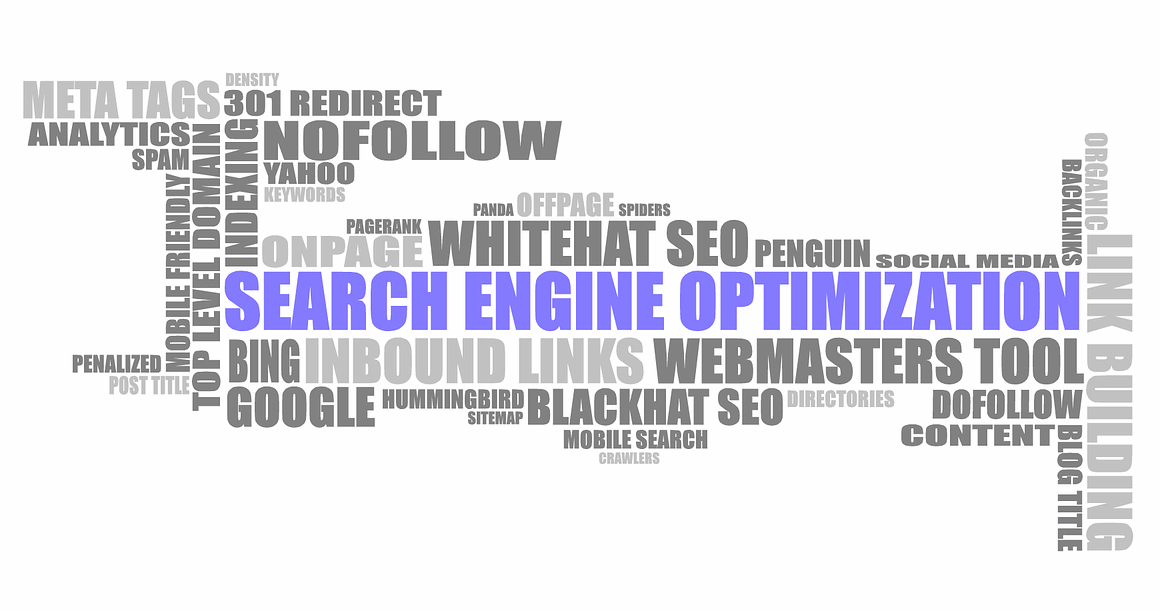Bing Ads vs. Google Ads: What Works Best for Finance Marketers?
When assessing paid advertising options, finance marketers need to weigh the pros and cons of Bing Ads and Google Ads. Both platforms offer unique advantages and features that can serve diverse marketing goals. Google Ads holds the lion’s share of the search engine market, leading to larger reach potential. On the other hand, Bing Ads has advantages, especially related to targeting and cost-effectiveness. Bing tends to have lower competition in certain niches, enhancing the likelihood of attracting qualified leads at reduced costs. In finance, where customer value is significant, every click counts. Furthermore, Bing’s audience is slightly older and more affluent, making it a valuable option for finance advertisers aiming at that demographic. Ultimately, the choice between these two platforms should depend on your specific targeting needs, budget constraints, and marketing goals.
Understanding the demographics of the audiences on both platforms is crucial for finance marketers. Google Ads attracts a wide user base with diverse age ranges and interests, providing access to a broad audience; however, this can also result in higher competition for specific ad spaces. Conversely, Bing Ads typically reaches an audience that tends to be older and wealthier. According to market research, Bing users often carry higher household incomes, making them more likely to engage with financial products. This demographic insight allows finance marketers to tailor content and targeting strategies effectively. With this knowledge, brands can optimize campaigns, focusing spending on audiences that are more likely to convert. Together with compelling ad copy, targeting tools available on Bing can greatly enhance ad performance. Leveraging this data encourages finance marketers to assess which platform reaches their target audience best to maximize return on investment.
When it comes to budgeting and cost-per-click (CPC), finance marketers may find advantages in using Bing Ads. Typically, Bing Ads offer lower CPC compared to Google Ads, which makes it especially valuable for finance marketers looking to optimize their budgets. Given that financial products often require higher investments in advertising, choosing a platform with lower direct costs can have a meaningful impact on overall performance. Additionally, Bing Ads includes features such as the ability to import campaigns directly from Google, allowing for more streamlined budgeting. Managing multiple campaigns across different platforms can be burdensome, but this feature simplifies the process considerably. Consequently, marketers can allocate more resources to content creation and strategy development instead of struggling with administrative tasks. Ultimately, it becomes evident that for finance marketers, effective budget management is key in maximizing the effectiveness of campaigns on both platforms.
Ad Features and Tools Comparison
Another pivotal aspect is the advertising features and tools available on these platforms. Google Ads boasts a wider range of advertising formats, including Shopping Ads, Video Ads, and responsive search ads, which provide flexibility to marketers. Moreover, Google’s advanced machine learning capabilities enable smarter bidding strategies, likely increasing traffic for finance campaigns. However, Bing Ads provides essential features such as audience targeting and ad extensions, which finance marketers can leverage to improve engagement. Ad extensions, like a call extension or location information, can enhance the visibility and effectiveness of finance ads. Bing’s demographic targeting can help finance marketers tailor their ads to fit the audience’s profile, while Google focuses more on broad match types. Evaluating which features align better with specific campaign objectives is essential for finance marketers keen on ensuring their strategies are effective and relevant.
Both Bing Ads and Google Ads offer analytics and reporting, providing marketers with insights into their campaign performance. Google Ads often comes with more sophisticated analytics tools, giving advertisers comprehensive reporting on clicks, impressions, and conversions. Utilizing these reports effectively can help finance marketers identify what works and what doesn’t, allowing for adjustments to improve performance continually. In contrast, Bing Ads offers essential metrics that assist in tracking campaign success but may lack some of Google’s advanced analytical capabilities. Nevertheless, the capability to measure ad performance is crucial in the finance sector since marketers can modify creative and targeting based on real-time data. This actionable insight allows finance marketers to combat underperforming campaigns while maximizing high-performing ads. Ultimately, having access to detailed data drives improvement and boosts the overall effectiveness of marketing strategies.
In conclusion, choosing between Bing Ads and Google Ads demands careful consideration from finance marketers. While Google Ads offers a larger audience and more advanced features, Bing Ads stands out with its lower costs and affluent users. The decision depends on various factors such as target demographics, goals, and available budget. A suggestion for marketers is to run pilot campaigns on both platforms to examine which performs better for their specific finance-related offerings. Testing ads leads to invaluable insights regarding what resonates with customers and which platform boosts engagement. Additionally, reevaluating campaigns regularly is key; what works today may change as consumer behavior fluctuates. Therefore, finance marketers should remain responsive, trending with the dynamic digital landscape, optimizing ads accordingly. By leveraging the strengths of both platforms, finance marketers can create compelling and highly effective campaigns leading to lucrative outcomes and satisfied customers.
Final Thoughts
Ultimately, both Bing Ads and Google Ads present significant advantages for finance marketers, albeit through different channels. Advertisers should assess campaign outcomes systematically and evolve their strategies as needed. A blended approach utilizing both platforms might yield the most effective results. Financial advertisers can leverage unique audience insights from each platform to maximize ROI. Additionally, understanding the distinct features provided ensures marketers can tailor campaigns to suit specific financial products’ needs. Ultimately, organizations that adapt to these trends are better positioned for long-term success in a competitive digital marketplace. By implementing a focused strategy and utilizing insights effectively, finance marketers can ensure their advertising efforts truly resonate with their intended audience, leading to lasting relationships and profitability in the finance sector.
In summary, the landscape of digital advertising for finance marketers is indeed vast and nuanced. Selecting between Bing Ads and Google Ads hinges on a deep understanding of target audiences and overall campaign objectives. While balancing budgets, advertisers also must prioritize engagement and conversion rates, aiming to attract high-value clients through effective ad placements. Even though Google Ads generally leads in reach, Bing’s tailored audience characteristics can often create fruitful partnerships for financial advertisers. The crucial takeaway for marketers is that experimentation is essential, as is continuous learning from the resulting data. Through meticulous analysis, finance marketers can refine their approach, leading to a more tailored strategy that meets customers’ evolving needs in the digital financial landscape.


